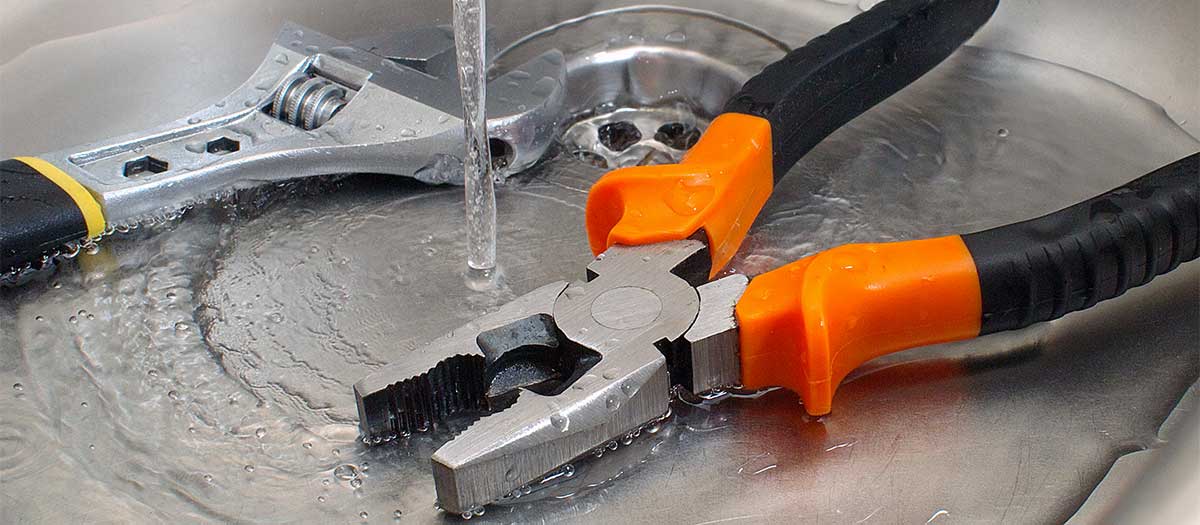Just how to Locate as well as Repair Work Water Leaks-- A Comprehensive Guide
Just how to Locate as well as Repair Work Water Leaks-- A Comprehensive Guide
Blog Article
Are you currently trying to find information and facts about Detecting hidden plumbing leaks?

Early detection of leaking water lines can mitigate a potential disaster. Aside from saving you money, it will decrease the aggravation and also frustration. The minute you locate a leakage, calling your plumber for repair services is the very best service. Some small water leaks may not be noticeable. Here are some hacks that assist if you can not find it with your naked eyes.
1. Check Out the Water Meter
Every residence has a water meter. Inspecting it is a surefire way that aids you find leaks. For beginners, shut off all the water sources. Make certain nobody will purge, utilize the faucet, shower, run the cleaning device or dishwasher. From there, most likely to the meter and watch if it will certainly alter. Since no person is using it, there should be no motions. If it moves, that shows a fast-moving leak. If you discover no modifications, wait an hour or 2 and check back again. This means you might have a sluggish leak that might also be below ground.
2. Examine Water Consumption
Evaluate your water costs and also track your water usage. As the one paying it, you ought to see if there are any type of discrepancies. If you spot sudden changes, in spite of your intake being the same, it indicates that you have leakages in your plumbing system. Remember, your water expense should drop under the exact same array every month. A sudden spike in your costs indicates a fast-moving leakage.
A stable rise every month, also with the very same behaviors, reveals you have a slow-moving leakage that's additionally gradually rising. Call a plumber to extensively examine your residential property, specifically if you really feel a cozy location on your floor with piping underneath.
3. Do a Food Coloring Examination
When it comes to water usage, 30% comes from toilets. If the color in some way infiltrates your bowl during that time without flushing, there's a leakage in between the storage tank and dish.
4. Asses Exterior Lines
Don't neglect to inspect your outdoor water lines as well. Should water leak out of the connection, you have a loosened rubber gasket. One tiny leak can throw away lots of water and surge your water bill.
5. Examine the situation and also inspect
House owners should make it a routine to inspect under the sink counters and also even inside cupboards for any kind of bad odor or mold growth. These 2 red flags suggest a leakage so punctual attention is needed. Doing regular evaluations, even bi-annually, can save you from a major trouble.
Examine for stainings and also weakening as most devices and also pipelines have a life span. If you think dripping water lines in your plumbing system, don't wait for it to intensify.
Early discovery of leaking water lines can reduce a prospective calamity. Some little water leaks might not be visible. Checking it is a proven means that aids you uncover leakages. One small leak can throw away loads of water and surge your water bill.
If you believe leaking water lines in your plumbing system, do not wait for it to rise.
How to Know If Your Home Has a Hidden Leak
Water Meter Reveals Inexplicable Water Usage
If you’d like to test whether or not there’s a leak somewhere in your home, you can do this using your water meter. Here is how to conduct the test:
Don’t use any water in your home for at least 30 minutes; this also means not turning on faucets or water-using appliances.
Go outside, and check your water meter for activity.
If your water meter shows that there was activity, even though no one was using any water, this proves that there is a leak in your home.Visible Mold or Mildew Growth
Leaks behind walls create moist, dark environments that allow mold and mildew to grow and thrive. Eventually, you might see mold growth forming on the wall closest to a hidden leak.
If mold is growing in an area that receives a high amount of moisture, such as a bathroom, it may simply be an indication that better ventilation is needed. However, if you see mold growth on a wall or the ceiling in an area where you would not expect, you probably have a hidden leak.
Musty, Mildew Odor
Sometimes you might not be able to see the mold or mildew that is growing as a result of a leak. However, the smell can give the problem away just as easily. If you catch a whiff of something musty, there’s a good chance that old water is collecting somewhere in your home that you can’t see.
Stained/Warped Walls, Ceilings, or Floors
When your home soaks up water, a variety of red flags can become visible, including ceiling stains, bubbling drywall, warped walls, and sagging floors. While these issues can be caused by excess humidity, they can also be signs that a pipe or plumbing connection has started leaking behind your walls.
Inexplicably High Water Bill
After a while, you get a general sense for what your water bill should be. If you own a pool or sprinkler system, your bill will tend to be higher during summer. However, if you receive a water bill that seems especially high, and you can’t figure out what caused it, then you may have a hidden leak somewhere that’s increasing your bill.
https://www.plumbingjoint.com/blog/2019/july/how-to-know-if-your-home-has-a-hidden-leak/

As a passionate reader on Locating water leaks, I was thinking sharing that article was essential. Sharing is good. One never knows, you might be helping someone out. I thank you for reading our article about Top leak detection hacks.
Report this page